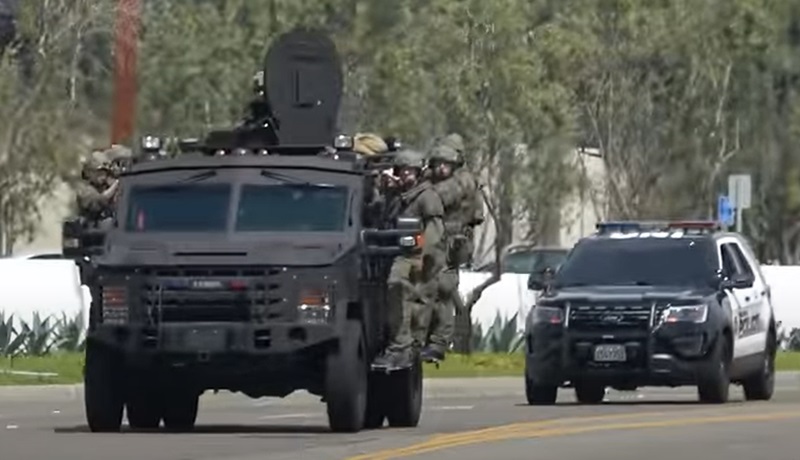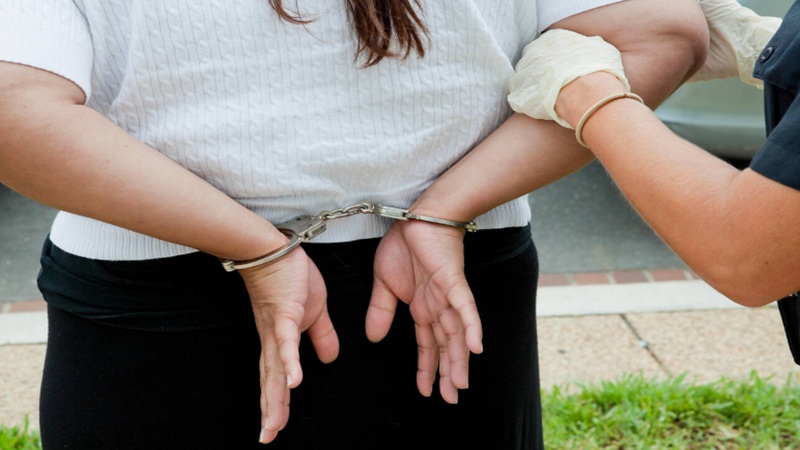
When a suspect is subject to arrest under exigent circumstances or a warrant and fails to surrender, the consequences for public safety can be dire.
On July 2, 2024 officers in Oklahoma City, OK responded to a report of a man holding another person at gunpoint inside a home. Officers spoke to witnesses in the neighborhood who confirmed that the man was in the residence, that he was armed, and that there were other persons inside the building with him. The suspect came out of the home where police attempted to engage him in conversation, but officers were fired on and one officer was hit by gunfire. The suspect retreated inside the home, continuing to shoot outside at officers and other homes. After several hours, the suspect was shot by officers and the residents inside were rescued.
Cpl. Segus Jolivette, a SWAT negotiator with the Lafayette, LA police department was killed by a hostage taker during a standoff in the small nearby town of Jeanerette on July 25, 2024. The suspect was eventually captured.
A tense and dramatic scene in Miami, FL in July of 2023 was resolved by a police officer shooting a hostage taker holding two women by the neck at knifepoint. Officers attempted to dialogue with the hostage taker after evacuating everyone from the retail store in which the situation unfolded. Shouting “She will die!”, the knife wielder, who had escaped from a New Hampshire corrections facility a week earlier, began to pull a hostage into a corner refusing commands to stop and drop the knife. An officer fired one shot and killed the suspect.
There are many cases where police officers confront persons who refuse to comply with lawful orders and a standoff begins. Barricaded suspects with no one else in a home can still be a threat to public safety. Using weapons behind the safety of the structure can put innocents at risk at a considerable distance. Desperate or disturbed persons have been known to set fire to their structure in an attempt to distract officers, escape, or kill themselves, putting neighbors and firefighters at risk.
When outside, suspects who may be armed and a threat to pedestrians, motorists, and others can pose a major challenge to police. Unless the threat of their use of a weapon is imminent, the option of deadly force can be limited legally and tactically. The threat of the escape of a potentially dangerous person may provide too few predictable dangers, however real, for a subsequent court to accept the use of deadly force in stopping the subject.
The legal concept of Duty of Care is both a legal and moral one that officers face. If, for example, a person threatens only themselves and shows no behavior that is clearly and imminently dangerous to others, are law enforcement officers obligated to intervene and care for that person? Concepts of community caretaking and emergency aid are doctrines that come into play in a similar vein.
Police officers serve in the role of savers and protectors. It is natural for them to want to save a person from self-destruction, but do they have the legal right or duty to do so? Emergency medical caregivers face similar scenarios. If they arrive on a scene where a person is conscious and apparently has the right to self-determination and a degree of rationality, they face the agonizing prospect of walking away from a person who needs care. The courts have long held that law enforcement owes no special duty to members of the public at large unless a special relationship has been established.
In the Supreme Court case of Escobedo v. Bender, the court in 2010 allowed a lawsuit against police officers who were confronted with a barricaded, suicidal subject who had committed no crime. Concerned for his well-being, officers used tear gas and, ironically, eventually deadly force in confronting the man. The Court thus showed that there are times when officers, no matter what their good intentions, must walk away unless there are articulable grounds for taking a person into custody.
In the new world of greater liability of, fewer protections for, and increased criminal prosecution of police officers, those protecting our neighborhoods can face the terrible choice of leaving a person to their own destruction.
Make a difference. Support the NPA.






